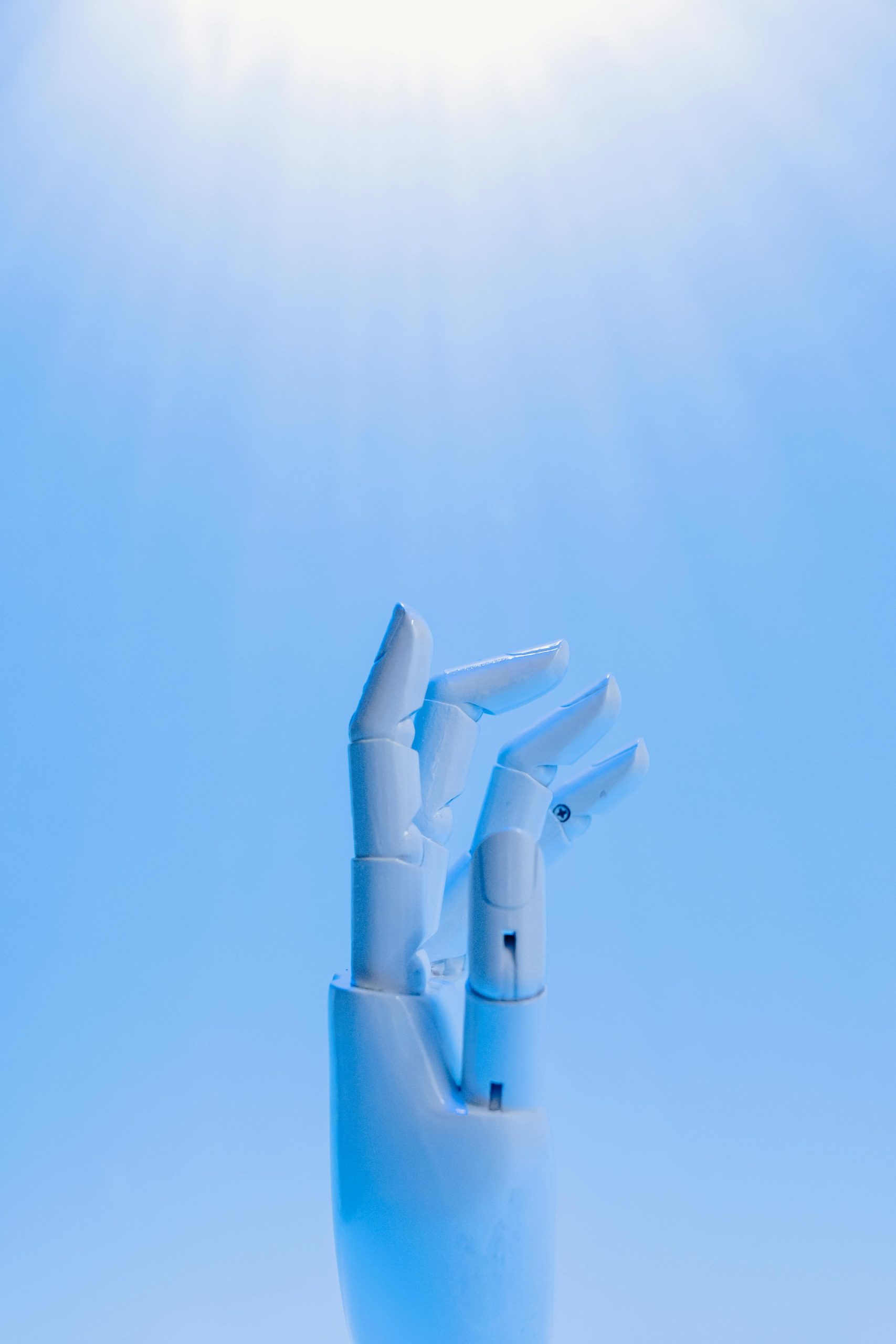Understanding the Gap Between Human Beings and Human Doings: Implications for AI
Title: Understanding the Distinction Between Human Beings and Human Doings: Implications for Artificial Intelligence
In contemporary discussions about humanity and technology, a pressing question arises: what sets a human “being” apart from a human “doing,” and how does this distinction relate to the development of artificial intelligence (AI)?
At its core, the term “human being” refers to our essence—our thoughts, emotions, and intrinsic nature. It encapsulates the idea of existence beyond mere action, emphasizing our capacity for reflection, creativity, and self-awareness. In contrast, a “human doing” highlights the actions we undertake: the myriad activities that fill our day, from sitting and sleeping to driving and working. This distinction raises a fascinating inquiry: does the nature of our thoughts significantly change based on our activities?
Consider the practice of meditation, for instance. Meditation is an intentional process of quieting the mind, fostering self-awareness, and exploring deeper states of consciousness. This practice requires nuanced cognitive engagement and emotional depth. The question then becomes: can an AI, driven by algorithms and data, truly engage in the art of meditation?
As we navigate the evolving landscape of AI, understanding the difference between simply existing and actively engaging in life becomes increasingly relevant. While AI can perform tasks and analyze information with remarkable efficiency, it lacks the essence of human experience—the ability to feel, reflect, and partake in consciousness. This absence invites us to explore what it means to be human in a world where machines increasingly imitate our actions.
In conclusion, recognizing the difference between a human “being” and a human “doing” offers profound insights, not only into our own identities but also into the capabilities and limitations of artificial intelligence. As we delve into these distinctions, we are reminded that the true richness of life lies in our ability to connect, reflect, and be.














Post Comment